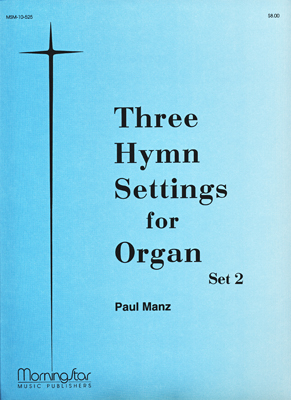- |
User Links
250
Christ Is Made the Sure Foundation
Hymn Information
- First Line
- Christ is made the sure foundation
- Translator
- John Mason Neale, 1818-1866 (alt.)
- Text Source
- Latin, ca. 8th c.
- Tune Name
- WESTMINSTER ABBEY
- Composer
- Henry Purcell, 1659-1695 (adapt.)
- Topic
- The Church · Doxologies · Elements of Worship: Opening of Worship: Called And Gathered
Copyright Information
- Text Copyright
- Public Domain
- Tune Copyright
- Public Domain
- Reprint/Projection Information
- Words and Music: The Words and Music are in the Public Domain; you do not need permission to project or reprint the Words and Music.
Full Text
Scripture References
Thematically related:
- st. 1 = ·
- st. 2 = ·
- st. 3 =
Further Reflections on Scripture References
See Matthew 16:13-20.
For the “cornerstone” in stanza 1, see Isaiah 28:16-19 and Ephesians 2:19-22.
For the “benediction” in stanza 2, see Numbers 6:22-27 and II Corinthians 13:14.
For the reign of believers, in stanza 3, see Revelation 4-5.
Confessions and Statements of Faith References
Further Reflections on Confessions and Statements of Faith References
Stanza 4 is doxological, giving praise to all three members of the Trinity. Heidelberg Catechism, Lord’s Day 8, Question and Answer 24 and 25, and Belgic Confession, Article 8 give a clear and succinct statement about the Trinity: “all three are one in truth and power, in goodness and mercy.”
Suggestions or corrections? Contact us


 My Starred Hymns
My Starred Hymns






